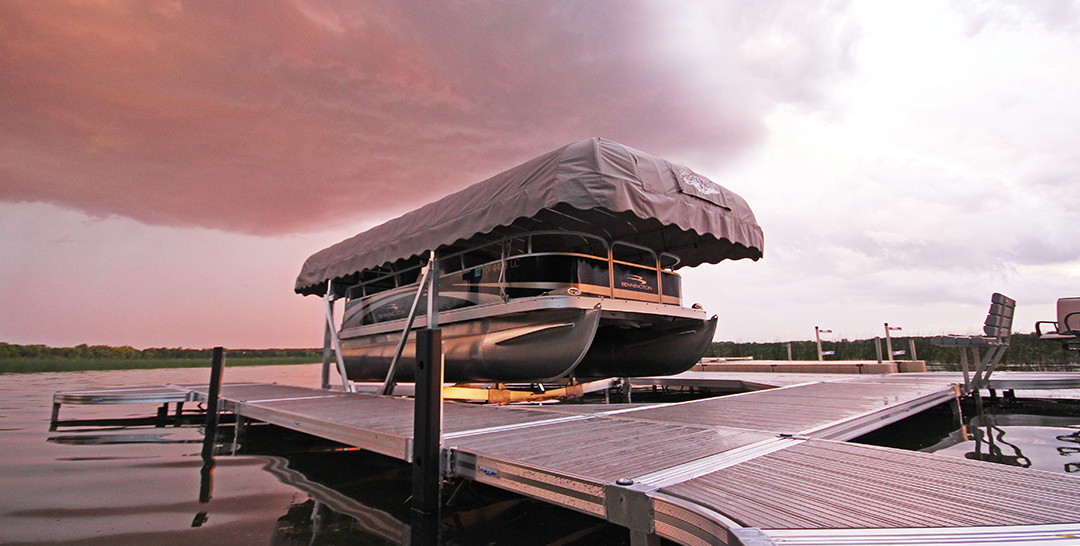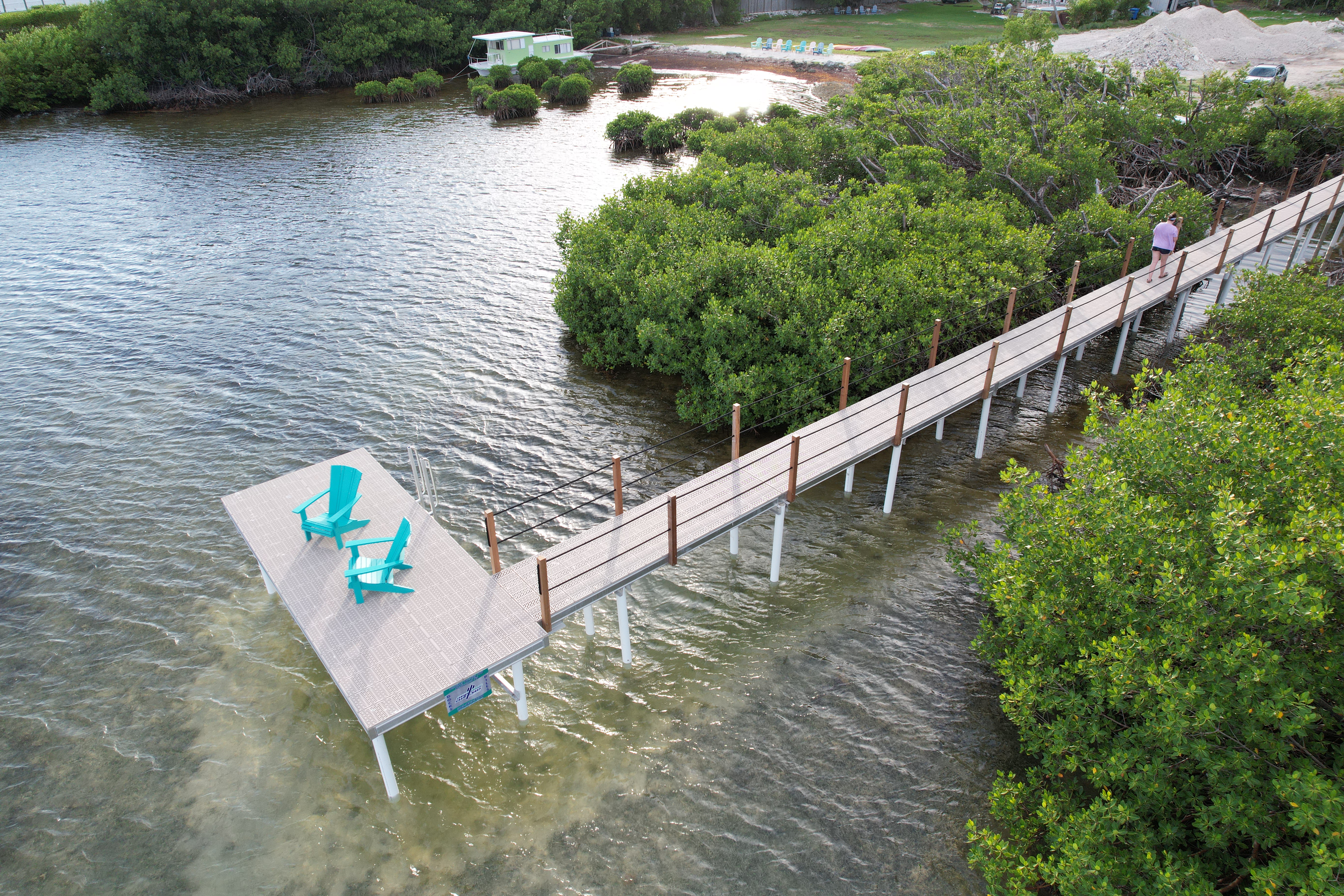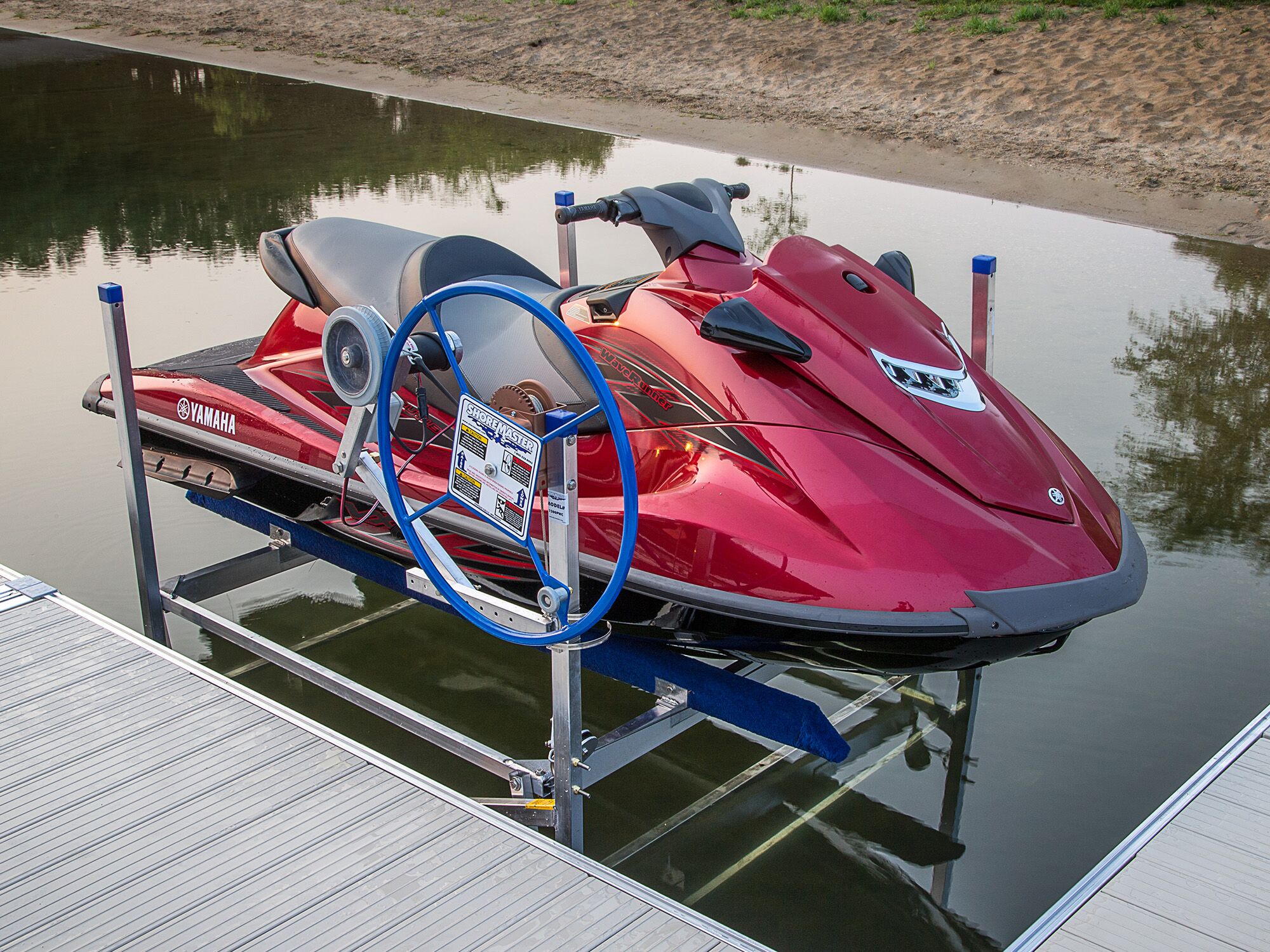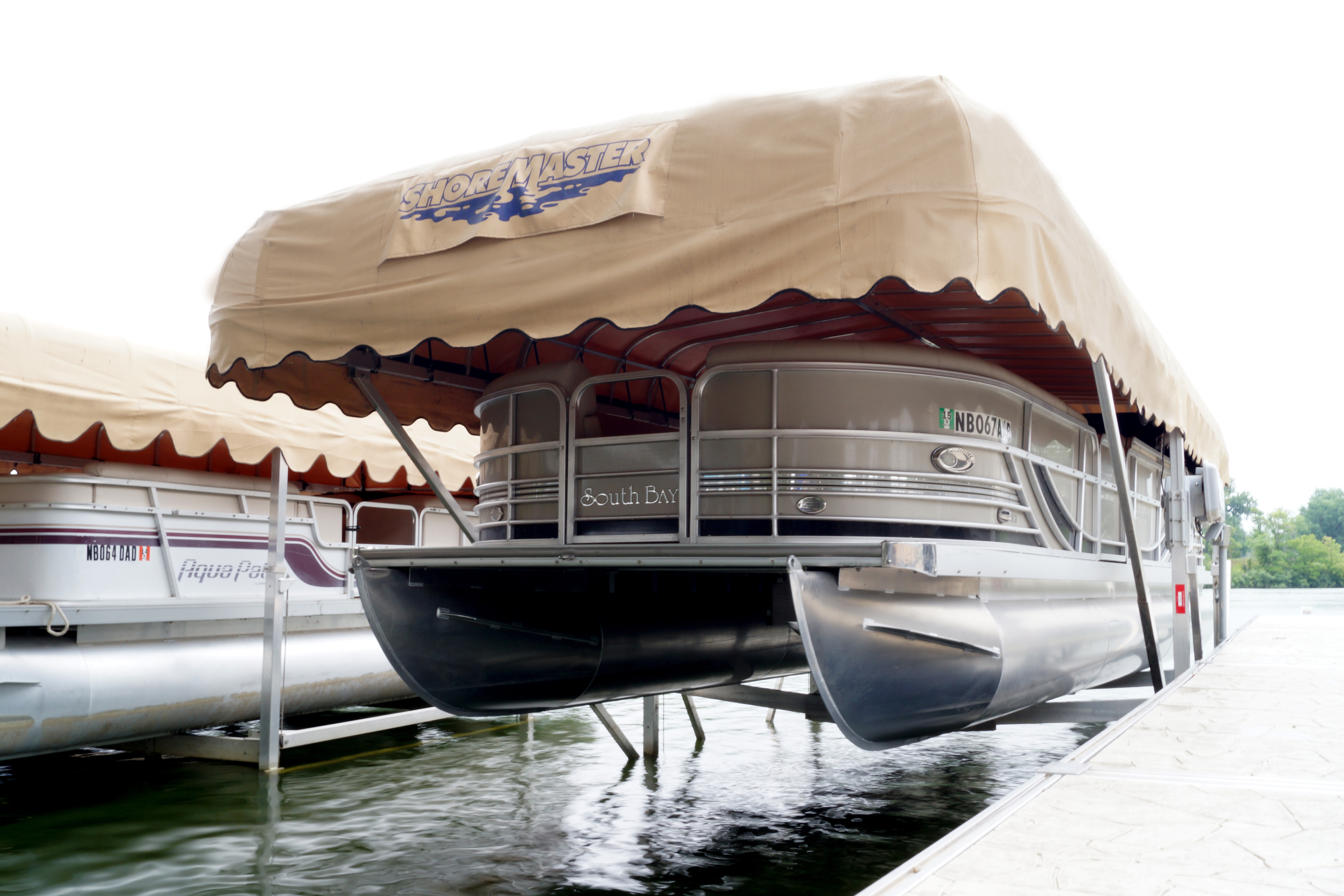Posted on August 26, 2021
Boat Lift Capacity: How Do You Measure the Lift Capacity of a Boat Lift?
Written by ShoreMaster Marketing
A boat lift is an indispensable part of any waterfront. You can clean, repair, paint, or transfer your boat from a lift, and the lift will keep it dry and out of the water when you’re not using it to prevent damage. Protecting your boat is important, so it’s just as important to protect your boat lift by making sure you’re using it properly.
In assessing the capability of a boat lift, it's essential to dive into the technicalities that safeguard the smooth and safe handling of your marine craft. As explored by Asmara and Yudo, boat lifts are engineered to support a diverse range of sizes, from lightweight boats to heftier models, boasting capacities up to 600 tons. Their research highlights the critical role of a meticulously designed pulley system, which ensures the uniform and synchronized elevation of boats, mitigating the risk of damage during the lifting operation. This stresses the importance of selecting a boat lift that's not only suited to the specific dimensions of your boat but also enhances its safety and durability. (Asmara & Yudo, 2020)
Boat lifts are rated for the weight that they can carry and not a pound more. This is why ShoreMaster doesn’t support upgrading or increasing the capacity of an existing boat lift. If the dry weight of your current watercraft is over the capacity of your boat lift, we’re happy to help you find a new lift that will support your boat.
To calculate the boat lift capacity needed, we use this formula:
[Dry weight of boat] + [Gas tank size in gallons * 6] + [500 for everything else]
Here’s what each of those things and more means in the context of buying a boat lift.

Dry Weight
The dry weight of your boat is its base weight, with absolutely nothing else added in. The weight of the motor might be included in your dry weight, but check to be sure and add it into your calculations for boat lift capacity. To find the dry weight of your boat, you can look at the guidelines or the specification sheet that came with your boat. If you’ve lost track of your spec sheet, you can also ask your dealer to research online: the National Automobile Dealers Association website is an excellent place to look.
Wet Weight
Your boat’s wet weight is going to be its dry weight plus the weight of fuel and other weights but does not include passengers and other accessories or gear. To get the weight of your fuel, multiply the weight of the fuel (which can be affected by type, temperature, and blend) by the full tank capacity. Your boat will also have water on board, including freshwater and in waste tanks, which should be calculated like the gasoline weight.
Other Gear
We used the number 500 in our formula to represent everything else you’ll be bringing on your boat. With all of the people on your boat, along with supplies like watersports equipment, coolers, seating, generators, and other gear, the weight will add up quickly and put stress on your boat lift. Be careful not to overload your lift while you load up on the fun.
Safety Margin
Remember that your boat lift should have more weight capacity than you need. We recommend a safety margin of 20% and sizing up if the weight of your boat is in-between lift sizes. It’s also a good idea to overestimate boat lift capacity if you plan to upgrade to a bigger boat in the future. A lot can affect your hydraulic boat lift’s capacity: if you park too far back or forward, if the bunks are too close to the side of the dock if you get a lot of snow, your bilge pump malfunctions, or you forget to remove the drain plug before the rain, you can put stress on your unit. It’s better to err on the side of having more than you need.
If you have questions about which Infinity Boat Lift Systems will work best for you based on your water conditions, contact a local ShoreMaster dealer familiar with your water to get your answers.
Asmara, I., & Yudo, H. (2020). Evaluation of Boat Lifting System Using A Multiple-Drum Winch. Kapal, 17, 7-14. https://ejournal.undip.ac.id/index.php/kapal/article/view/26425



